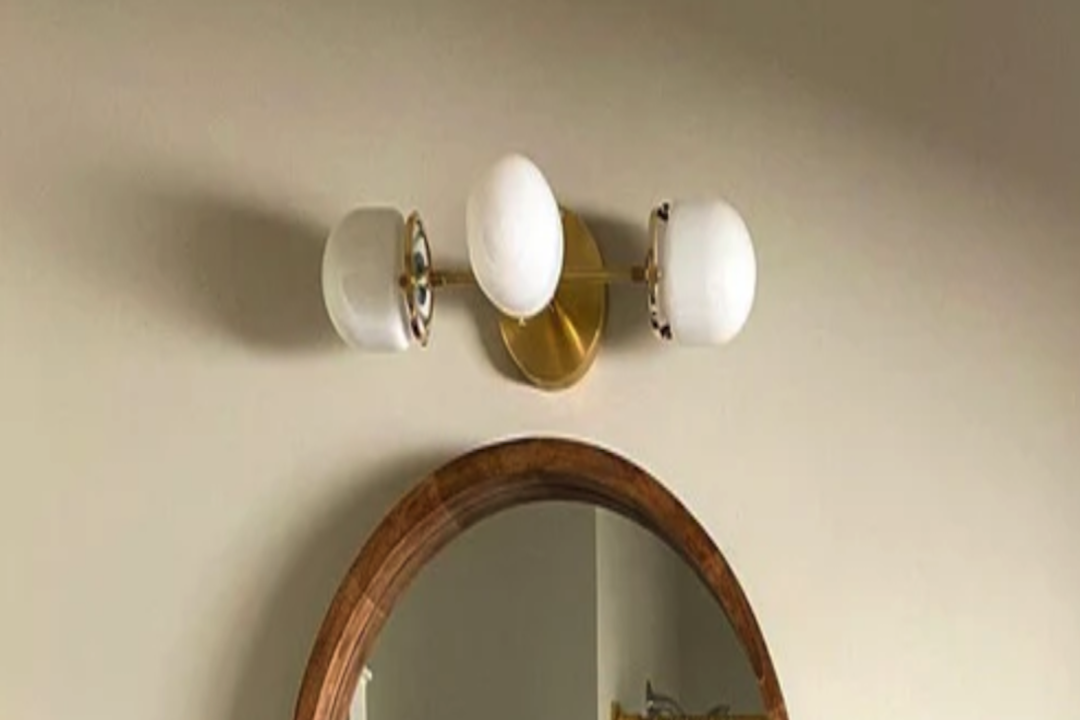Introduction
The intricate and opulent beauty of large scale chandeliers is undoubtedly the epitome of luxury and grandeur. These stunning light fixtures serve as a centerpiece and bring life to any room they adorn, exhibiting elegance, sophistication, and timeless appeal. In this article, we would be delving into the world of large scale chandeliers, exploring their design, history, and impact on modern interior decoration.
The Evolution of Large Scale Chandeliers
Chandeliers, in general, have been in existence for centuries, with their origins traced back to medieval times when they were used to illuminate large castles and halls. However, large scale chandeliers, as we know them today, owes their origin to the 18th century, during the reign of King Louis XIV in France. The king commissioned elaborate chandeliers to be installed in the Palace of Versailles, setting the tone for the popularity of large scale chandeliers in the 19th century.
The Design Elements of Large Scale Chandeliers
Large scale chandeliers are characterized by their intricate design features, with every detail emphasizing the precision and artistry of their creation. The primary elements of their design include the materials used, the number of light sources, and the overall size and shape of the fixture.
The Materials
The materials used in creating large scale chandeliers are crucial to their overall design and aesthetic appeal. Historically, chandeliers were made from wood, brass, and iron, but modern designers have incorporated unique materials such as acrylic, crystal, and glass. These materials enable designers to create chandeliers with intricate and delicate designs that showcase the beauty of the materials.
The Number of Light Sources
The number of light sources in a chandelier is one of the essential design elements. Large scale chandeliers typically have numerous lights, with some featuring thousands of individual bulbs. The number of light sources often determines the level of illumination the chandelier produces, which is a significant consideration in interior decorating.
The Overall Size and Shape
The size and shape of a chandelier are significant design elements that contribute to the overall look of the fixture. Large scale chandeliers are known for their grandiose size, often stretching several feet wide and high. The shape of a chandelier varies, with some being round, others being oval, and some taking on more abstract shapes.
Impact on Modern Interior Decoration
Today, large scale chandeliers remain a hallmark of luxury and opulence, with designers using them to create eye-catching statements in modern interior decoration. These fixtures are versatile in their application, complementing a wide range of interior design styles, from modern to rustic or traditional. They add warmth and depth to a room, creating a sense of elegance and sophistication that is hard to replicate with other lighting sources.
Placement and Installation
The placement and installation of a large scale chandelier are crucial to the overall appeal of the fixture. They are ideal for use in large spaces such as ballrooms, foyers, or dining rooms. They should be installed at a height that does not obstruct views or diminish their impact.
Matching With Interior Design Elements
The design elements of a room play a vital role in complementing the style of a chandelier. The color and texture of the walls, floor, and ceiling should seamlessly meld with the design of the chandelier, creating a harmonious look.



